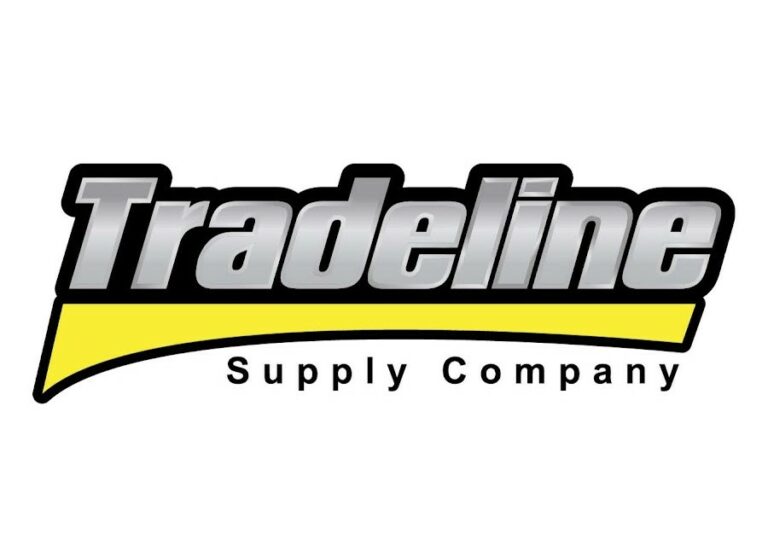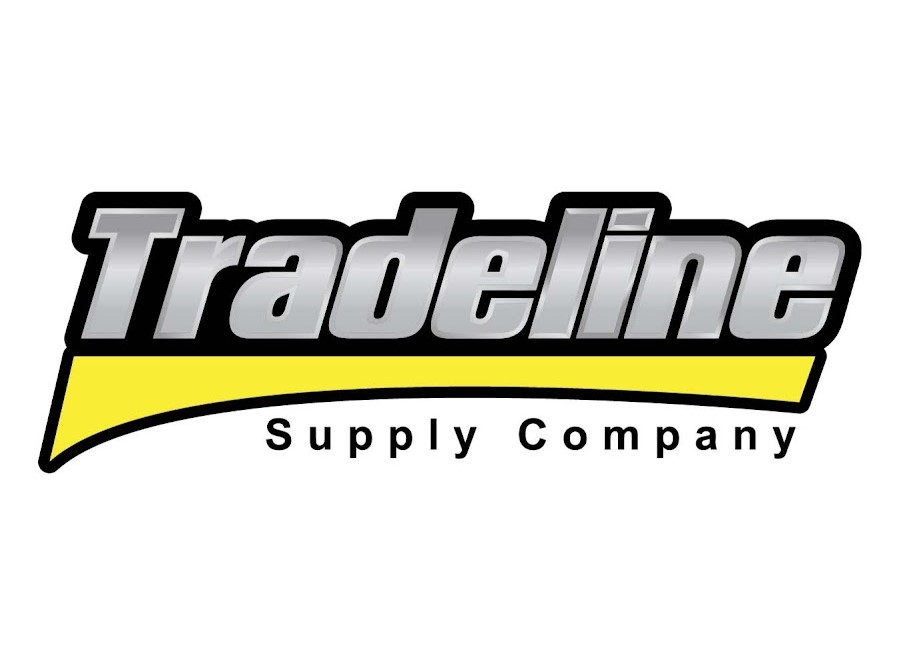What is a Delayed Draw Term Loan?
A delayed draw term loan is a type of loan in which the borrower can draw funds incrementally at different times during the drawdown period. This loan offers flexibility to borrowers, as they can choose when to access the funds.
The borrower is not required to use the entire loan amount upfront, unlike traditional term loans. Instead, they can draw down funds in portions based on their needs. This provides financial flexibility and helps manage costs effectively.
Key Features of Delayed Draw Term Loans:
- Borrowers have the option to access funds over a specified period.
- Interest is only charged on the amount drawn, not the total approved loan amount.
- Commonly used in project financing or capital-intensive industries.
Types of Delayed Draw Term Loans
There are several types of DDTL options.
Revolver Delayed Draw Term Loan: A type of loan where the borrower can access additional funds at a later date, similar to a line of credit.
Non-Revolver Delayed Draw Term Loan: A type of loan where the borrower can access funds at predetermined intervals but cannot reborrow once the funds are repaid.
Asset-Based Delayed Draw Term Loan: A type of loan where the borrower can access funds over time based on the value of their assets as collateral.
Cash Flow-Based Delayed Draw Term Loan: A type of loan where the borrower can access funds at different times based on their cash flow needs.
How do Delayed Draw Term Loans work?
Delayed draw term loans allow borrowers to access loan proceeds in multiple disbursements over a specified draw period. The lender and borrower work together to set the maximum loan amount and draw period. This type of loan provides flexibility as borrowers only pay interest on the drawn amount.
Borrowers can choose when to draw down the funds based on their needs during the draw period. Interest accrues on the drawn amount from the time of disbursement. The terms of a delayed draw term loan often include details about the draw schedule, interest rates, and repayment structure.
One advantage of delayed draw term loans is that they offer borrowers flexibility in managing their cash flow. However, DDTLs have complex terms and certain risks to know.
Some common risks or terms include:
Commitment Fees: Typically charged as a percentage of the total loan amount to compensate the lender for reserving the funds for the borrower.
Non-Utilization Fees: Charges imposed by the lender when the borrower does not withdraw the total amount of the loan immediately after it is made available, incentivizing timely utilization of the funds.
Restricted Access to Funds: Some lenders may impose stipulations that restrict when and how your business can access the funds.
Potential for Interest Rate Fluctuations: Some DDTLs come with variable interest rates, meaning you could pay more for funds drawn later if interest rates increase.
Delayed Draw Term Loan Example
ABC Pizzeria used a delayed draw term loan from a local bank to fund the expansion of a new location. The company split the $200,000 loan into three draws.
It used the first draw of $50,000 to secure the lease and begin renovations. ABC used the second draw of $100,000 for furniture, fixtures, and kitchen appliances.
The final draw of $50,000 went towards marketing for the grand opening. This strategic use of the loan allowed ABC Pizzeria to successfully expand, increase its community presence, and drive growth and profitability.
When does a Delayed Draw Term Loan make sense for small businesses?
A delayed draw term loan could be beneficial in several business situations. Here are a few examples.
Startup businesses with irregular cash flow: A DDTL could provide startups with access to additional funds when needed without having to draw on the full loan amount immediately. This flexibility allows businesses to manage their cash flow more effectively and address unexpected expenses or opportunities as they arise, helping them navigate the challenges of early-stage growth.
Real estate development businesses: DDTLs provide flexibility in accessing funds when needed for construction or acquisition projects. This type of loan allows businesses to delay drawing down the funds until they are ready to use them, helping to manage cash flow effectively during different project stages. Additionally, delayed draw term loans can offer competitive interest rates and terms tailored to the specific needs of real estate development businesses.
Businesses with upcoming large expenses or investments: This type of loan allows companies to secure funding in advance and draw down the funds later, aligning with their cash flow needs. Businesses can effectively manage their finances and strategically invest in growth opportunities by utilizing a delayed draw term loan.
Businesses looking to secure financing for future growth initiatives: By securing financing upfront but delaying the actual borrowing until needed, companies can have the flexibility to access funds when necessary without incurring unnecessary interest costs. This type of loan structure allows businesses to have a financial safety net in place for upcoming expansion or investment opportunities.
Businesses with seasonal revenue fluctuations: These loans allow business owners to access funds when needed rather than all at once. This flexibility can help businesses manage cash flow during slow seasons and invest in growth opportunities during peak times without taking on unnecessary debt.
What are the advantages of a Delayed Draw Term Loan?
Delayed draw term loans provide borrowers with significant cash flow benefits, such as the flexibility to access funds as needed, offering liquidity without immediate borrowing costs. With a large capacity, businesses can secure substantial financing for various purposes, benefiting from cash flow advantages and potential savings on interest payments.
The streamlined process allows quick access to funds, enhancing financial efficiency and enabling prompt decision-making. The loan’s flexibility in utilization reduces unnecessary borrowing costs while delaying drawdowns can lead to cost savings over time.
What are the disadvantages of a Delayed Draw Term Loan?
Delayed draw term loans can present drawbacks such as interest rate risks, potential cash flow issues, increased financial risks, and additional fees. Fluctuating interest rates during the draw period can lead to uncertainty in interest costs.
The delayed funding structure may result in higher cash outflows, impacting financial stability. Borrowers might miss investment opportunities or struggle to meet urgent financial obligations. Additional fees can further strain financial resources, making the loan less cost-effective.
Delayed Draw Term Loan Pros & Cons
Pros:
- Flexibility in accessing funds when needed.
- Lower initial borrowing costs compared to traditional term loans.
- Ability to delay interest payments until funds are drawn.
Cons:
- Risk of being unable to access funds when needed due to market conditions.
- Interest rates may fluctuate, leading to higher costs if funds are drawn later.
- Potential for increased debt burden if funds are drawn impulsively without a clear plan.
Who qualifies for a Delayed Draw Term Loan?
To qualify for a delayed draw term loan, borrowers typically need to have a strong credit history, stable cash flow, and a solid business plan. Lenders may also require collateral to secure the loan. Additionally, borrowers may need to provide financial statements, tax returns, and other documentation to demonstrate their ability to repay the loan. Meeting these qualifications can increase the likelihood of approval for a delayed draw term loan.
How do I apply for a Delayed Draw Term Loan?
Follow these steps to apply for a DDTL:
Step 1 – Research Lenders: Start by researching lenders that offer delayed draw term loans. Look for reputable financial institutions or online lenders specializing in this type of financing.
Step 2 – Understand Loan Terms: Before applying, ensure you understand the loan terms. This includes the interest rate, repayment schedule, any fees involved, and the specific requirements for drawing down funds later.
Step 3 – Gather Required Documents: Lenders typically require documents such as proof of income, bank statements, tax returns, and identification. Ensure you have all the necessary paperwork to streamline the application process.
Step 4 – Fill Out Application: Once you’ve chosen a lender and gathered your documents, it’s time to fill out the loan application. Provide accurate information and double-check for any errors before submitting.
Step 5 – Await Approval: After submitting your application, the lender will review your information and make a decision on whether to approve your loan. This process may take some time, so be patient.
Step 6 – Draw Down Funds: If your loan is approved, you can draw down funds as needed according to the terms of the loan agreement. Make sure to use the funds responsibly and adhere to the repayment schedule to avoid any penalties.
Step 7 – Monitor Your Loan: Keep track of your loan balance, payments, and any additional fees that may accrue over time. Stay in communication with your lender if you have any questions or concerns about your loan.
Frequently Asked Questions
Here are the most common questions about delayed draw term loans.
What financial institutions provide Delayed Draw Term Loans?
Several types of financial institutions may offer delayed draw term loans.
Traditional Lenders: Banks and credit unions commonly offer delayed draw term loans to borrowers. These loans allow borrowers to access funds at a later date after the initial loan agreement is signed, providing flexibility in managing financial needs over time. However, qualifying for business funding from a traditional lender may be more difficult.
alternative lenders: Delayed business term loans from alternative lenders, such as online lending platforms or business loan marketplaces, offer businesses the flexibility to access funds when needed. These types of loans are often easier to qualify for than traditional business loans, making them a popular choice for businesses looking for quick and convenient financing options.
What’s the difference between a Business Term Loan and a Delayed Draw Term Loan?
A business term loan provides a lump sum of money upfront, while a delayed draw term loan allows borrowers to draw the funds in multiple installments over time. The critical difference lies in the timing of disbursement – with a traditional term loan, you receive the total amount at once. In contrast, a delayed draw term loan offers flexibility in accessing funds as needed. Both options have their own advantages and considerations depending on the borrower’s financial needs and circumstances.
How does repayment work on a Delayed Draw Term Loan?
Repayment on a delayed draw term loan typically begins after the full amount has been drawn down. During the draw period, interest may accrue on the amount borrowed.
Once the draw period ends, borrowers repay the principal and interest over the remaining loan term in regular monthly payments. This structure allows borrowers to access funds as needed and manage repayment based on their cash flow and financial situation.
How is a Delayed Draw Term Loan different than a Business Line of Credit?
A delayed draw term loan is a type of loan where funds are not immediately disbursed but can be accessed at a later date. In contrast, a business line of credit provides access to a revolving credit line that can be used as needed. While a delayed draw term loan offers a lump sum amount with a set repayment schedule, a business line of credit allows for ongoing borrowing and repayment flexibility based on the business’s needs.
What are my alternatives to a Delayed Draw Term Loan?
Delayed draw term loans are specialized financing products to help small business owners manage ongoing costs. However, there are several small business loans to consider. You may be interested in one of the following small business loan options:
- Bad credit business loan.
- Business line of credit.
- Business loans for women.
- Business term loans.
- Equipment financing.
- Invoice factoring.
- Merchant cash advance.
- Revenue-based loan.
- SBA loans.
- Working capital loans.
- ERTC advance.
What is a Delayed Draw Term Loan – Final Thoughts
Delayed draw term loans offer flexibility and convenience to borrowers by providing access to funds when needed. This type of loan can be a valuable financial tool for businesses looking to manage cash flow effectively or fund specific projects. By understanding the terms and conditions of a DDTL, borrowers can make informed decisions that align with their financial goals and objectives.
Contact us if you have more questions about delayed draw term loans or to apply for a small business loan. Our alternative lending experts can help you find the best funding option for your business needs.



















